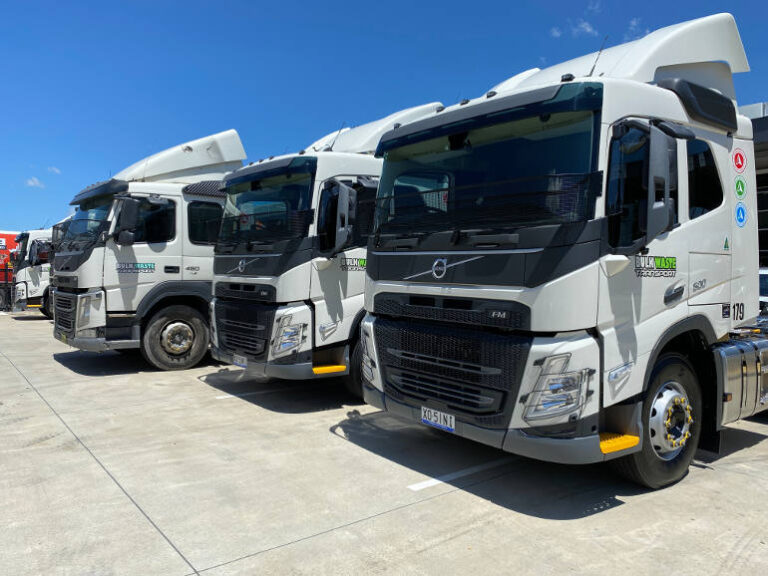Total Australian truck and heavy van new sales for February 2023 reached 3,499 units, up a significant 21.8% on February 2022 and smashing the all-time February sales record set in 2008 of 3,017 trucks and vans.
In January, heavy vehicle sales were off to a record start that has continued in February. Heavy vehicle sales to the end of February this year are up 1,264 units over the first two months of 2022 (a 25.2% increase) which is suggesting another annual record will be broken in 2023.
Sales might slow in the second half of the year if rising interest rates and inflation slow consumer demand. The end of temporary full expensing rules on 30th June 2023 might see a rush to deliver trucks in June with a July hangover.
For the second month in succession, the result for the Heavy Duty truck segment was strong good, with 1,224 HD trucks sold, up 19%, or 195 units, on February 2022. This result broke the previous February sales record, set before the onset of the GFC in 2008, when 1,060 trucks were sold, by 13.4%. These strong January and February sales brings the 2023 year-to-date tally to 2,168 heavies, 22.7% (401 trucks) above sales at this time last year.
The Medium Duty segment also performed well again in February with 570 truck deliveries for the month verses 544 units in February 2022, a small gain of 4.8%. The MD segment is a shrinking market, so it is unlikely that we will ever see new Medium truck sales rewriting the record books. This was evident in February with sales of 119 trucks, down on the best ever February deliveries of 689 trucks achieved back in 2008. Year-to-date the MD segment is tracking 5.2% above 2022 sales, with 1,015 medium trucks sold in 2023 compare to 965 trucks to the end of February last year.
The Light Duty truck segment continues to perform well, with 1,280 sales in February, up a very healthy 25.1% over February 2022, that represented 257 more LD trucks delivered than February last year. This was another record, eclipsing the previous best February sales result of last year when 1,023 little trucks were sold. Year-to-date sales for LD trucks are well ahead of 2022, with 2,269 sales this year, verses 1,791 last year. That is a 26.7%, or 478 more truck sales thus far in 2023.
Light Duty Van sales are bouncing back from the poor results seen in 2022, primarily due to supply chain issues last year. February saw 425 Vans delivered, up 149 units, or a massive 54% increase over 2022. While a great result, it falls well short of the best ever February result set back in 2016 when 560 Vans were sold. Year-to-date van sales are up over 2022 numbers by an amazing 67.4%, or 335 more Vans sold so far this year, compared to 2022. However, this indicates more how poor Van sales were in 2022, rather than how good they are this year!
Tony McMullan, CEO of Truck Industry Council, the peak industry body for truck manufacturers and importers into Australia saw that the strong sales start to 2023 as positive for the road transport industry, however warned the situation may be very different for the second half of the year.
“January and February sales have been very strong, leading to a number of monthly new truck sales records to be broken early in 2023.
“However, with many sectors of the economy cooling due to interest rate rises and particularly with negotiations ongoing with federal treasury over extending the delivery timeline for the Temporary Full Expensing incentive that is scheduled end on the 30th of June, industry is concerned that many truck orders will be cancelled because trucks will not be completed and delivered into service, due to ongoing global supply chain issues.
“Cancelled orders will directly affect employment at body builders, equipment suppliers, truck dealerships and OEMs. With the potential for many job losses. The Truck Industry Council and the Australian Trucking Association have been jointly calling for the current Labor government to extend the delivery timeline for the Temporary Full Expensing scheme, allowing trucks that are already ordered, to be delivered up until the 30th June 2024. Thus avoiding potential job losses in the manufacturing and road transport sectors.”






